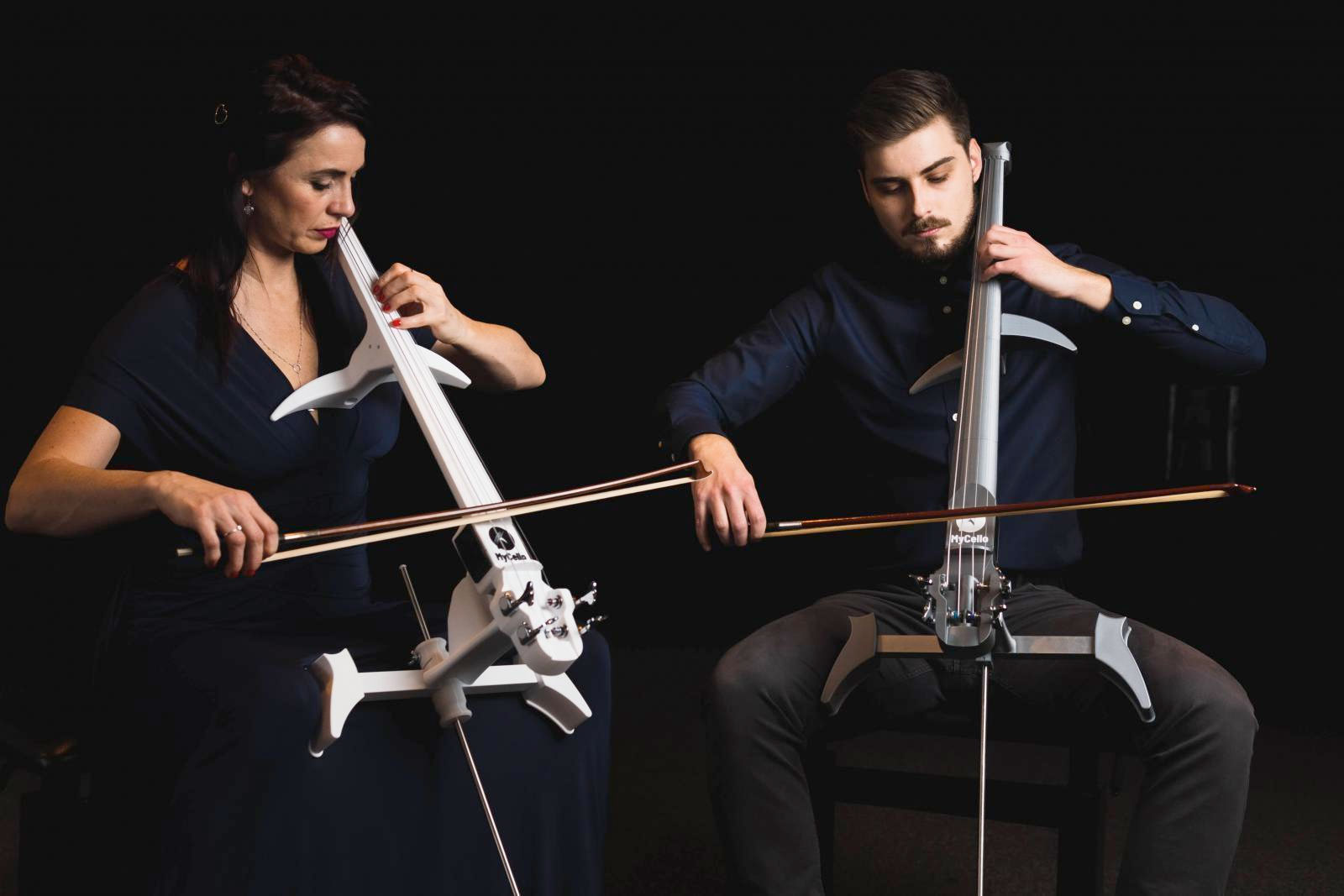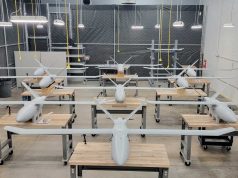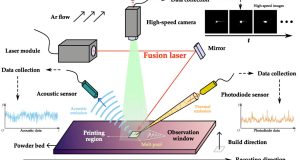We have already reported on 3D-printed musical instruments in the past. Czech company Sensio now specializes in 3D-printed models of a cello. Under the brand “MyCello,” the startup offers a range of 3D-printed cellos.
Founders Ondřej Kratochvíl and Jan Tobolík came up with the idea of additively manufactured electric cellos in the wake of the Covid lockdowns. Since cellos are usually relatively noisy instruments, it is difficult to play in times of staying at home. With other instruments, the alternative of an electric version is available here, but not with most string instruments. This led the two cellists to decide to invest in a 3D printer themselves and print their own cellos.
It took only 100 hours to print their design, which is a significant improvement over traditionally made cellos. Additionally, they are significantly cheaper than their acoustic counterparts.
Simple and compact design
As with other electric instruments, the sound is produced by built-in hardware, rather than a sound body. This allowed the founders to choose a modern and characteristic one for their cellos.
The most obvious difference is the “sound body”, which includes only one bottom spike, in addition to the chest, arm and knee rests. This makes the whole instrument more compact and lighter. The 4/4 version weighs only 2.7 kg with a body length of 76 cm.
“If we measure about six specific parameters, we can make a relatively cheap copy of a wooden instrument. You can take your MyCello on vacation, play it at home, and it doesn’t bother anyone,” Tobolík said. “We have a customer who owns a yacht and wants to practice while on vacation at sea. His wooden cello always came loose; that won’t happen with this instrument.”
Adaptability
With stringed instruments, precise component placement is essential. If you play an instrument for years, your muscle memory will practice exactly how the strings are placed on that specific instrument. If you switch to a different instrument, your muscle memory has to be trained again.
But with 3D printing, simple changes can be made to do this, so that one instrument can be made to the exact likeness of another. So you don’t have to start from point zero with the MyCello, which can be an advantage for professional cellists, of course.
Priced at just €1,086, it’s arguably one of the most affordable options on the market and offers a wide range of colors and customization options.
Find out more about MyCello at eshop.mycello.cz.
Subscribe to our Newsletter
3DPResso is a weekly newsletter that links to the most exciting global stories from the 3D printing and additive manufacturing industry.



























